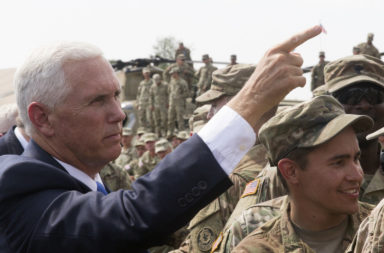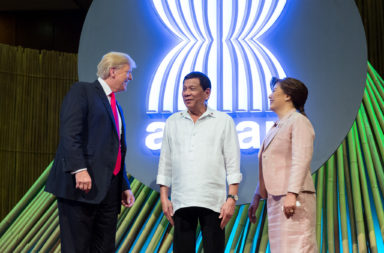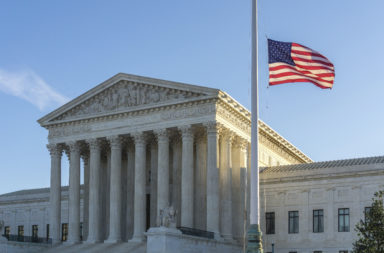The President-Elect’s appearance on YouTube on Monday, attempting to clarify the goals of the new administration, will have seemed to many to be a welcome change from the vitriolic and policy-lite rhetoric prevalent in his campaign for the White House.
But was there anything new? And what does his use of social media portend?
- Does Trump’s video flesh out some of the hyperbolic claims of his campaign?
- An attempt to counter the continuing negativity surrounding his rocky transition?
- Does his refusal to speak with conventional media signify a new stage in government-press relations?
Amid the turbulent and at some times perturbing administration transition taking place, this could be seen as a welcome divergence from his antagonistic behaviour. And on the face of it Donald Trump’s YouTube video was a very traditional political appearance, explaining the changes that he hopes to make in the initial stages of his administration.
The President-elect reiterated his aims to:
- Withdraw from the Trans Pacific Partnership (TTP).
- Cancel restrictions on American Energy.
- Impose a 1 in, 2 out rule on any new regulations.
- Direct National Security advisers to protect American infrastructure.
- Investigate all abuses of Visa programs.
- Impose bans on lobbying as part of his Ethics Reform.
While the manner in which Trump delivered this message was a break from the usual – presenting himself as calmer, controlled and most importantly, presidential – on closer inspection the video does not elaborate on any of his previous claims.
Perhaps most alarmingly for some who voted for him, there was also no mention of his more controversial plans to repeal Obamacare, build a wall along the US-Mexico border and pursue a prosecution of Hillary Clinton.
Transition Pains
Trump’s video comes at at time of continued speculation about the progress being made with regard the transition process. According to Newsweek, of the 4000 roles in need of filling, only 5 are public knowledge – Stephen Bannon, Mike Pompeo, Reince Preibus, Jeff Sessions and Michael T. Flynn. Given that each of these appointments have been met with outrage by many people in the US, many commentators do not predict a smooth ride over the coming days leading up to his inauguration on January 20th.
Since his victory on November 8th, the majority of Trump’s communications have come through Twitter. While some of his tweets have offered up assurance of a smooth transition, he has also become embroiled in a number Twitter spats the kind of which many had hoped would dwindle as President-elect.
The most public of these being a disagreement about the treatment of his Vice President-elect Mike Pence by the cast of the Broadway hit Hamilton.
The cast and producers of Hamilton, which I hear is highly overrated, should immediately apologize to Mike Pence for their terrible behavior
— Donald J. Trump (@realDonaldTrump) November 20, 2016
His sole television appearance in that time was on CBS’ “60 minutes” on the day after the election. The appearance, while free from the acerbic tone of his campaign, was derided for the manner of its presentation, his family paraded on gold-plated chairs.
A New Norm in President/Press Relations
The use of social media by a President is not a new phenomenon. Obama has being increasingly skilled at using pre-recorded content on Facebook, Snapchat and other less prevalent media to project the image of a tech-savvy and approachable President.
The fact that Trump continues to Tweet his updates in lieu of conventional press conferences, and has now addressed the nation via YouTube is a worrying sign for journalists looking to hold the President-Elect to account, as well as those who simply wish to report on his activities and whereabouts.
A meeting organised between Trump and numerous television executives and anchors on Monday was rumoured to be an opportunity to clear the air. Reports afterwards suggest that a detente was not reached, a small slither of information breaching an otherwise airtight Trump-Media summit.
Trump’s recent disregard for presidential protocol was evident in notifying the protective pool – the journalists responsible on reporting his every move – of his intention to turn in for night, when in fact he was planning on visiting a restaurant in Midtown Manhattan. Add his media-free address, his Tweets and his continued public hostility towards the New York Times, it is becoming clear that the First Amendment is a part of the constitution that the President-Elect is not entirely comfortable with. Now at least he tries to talk with the media he hates.






